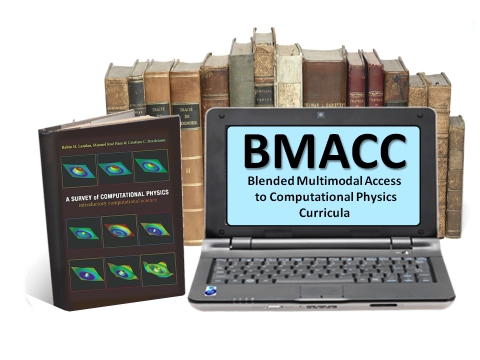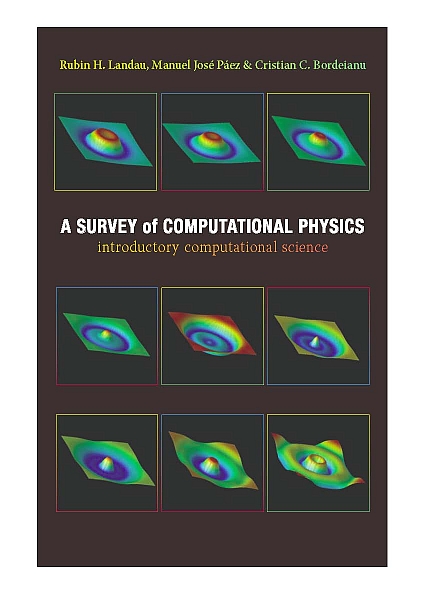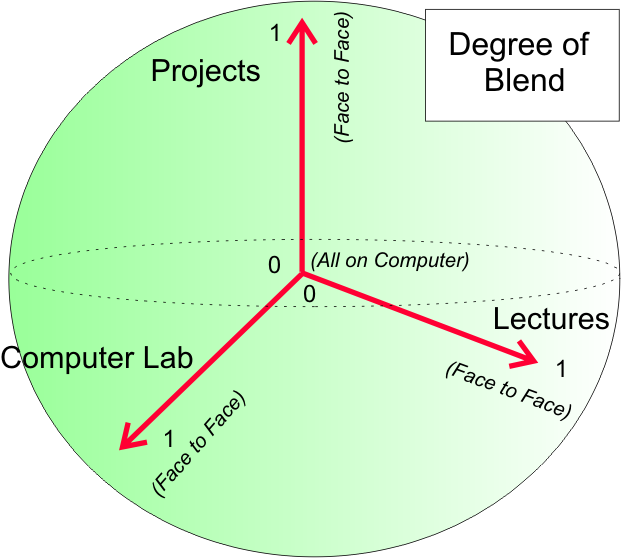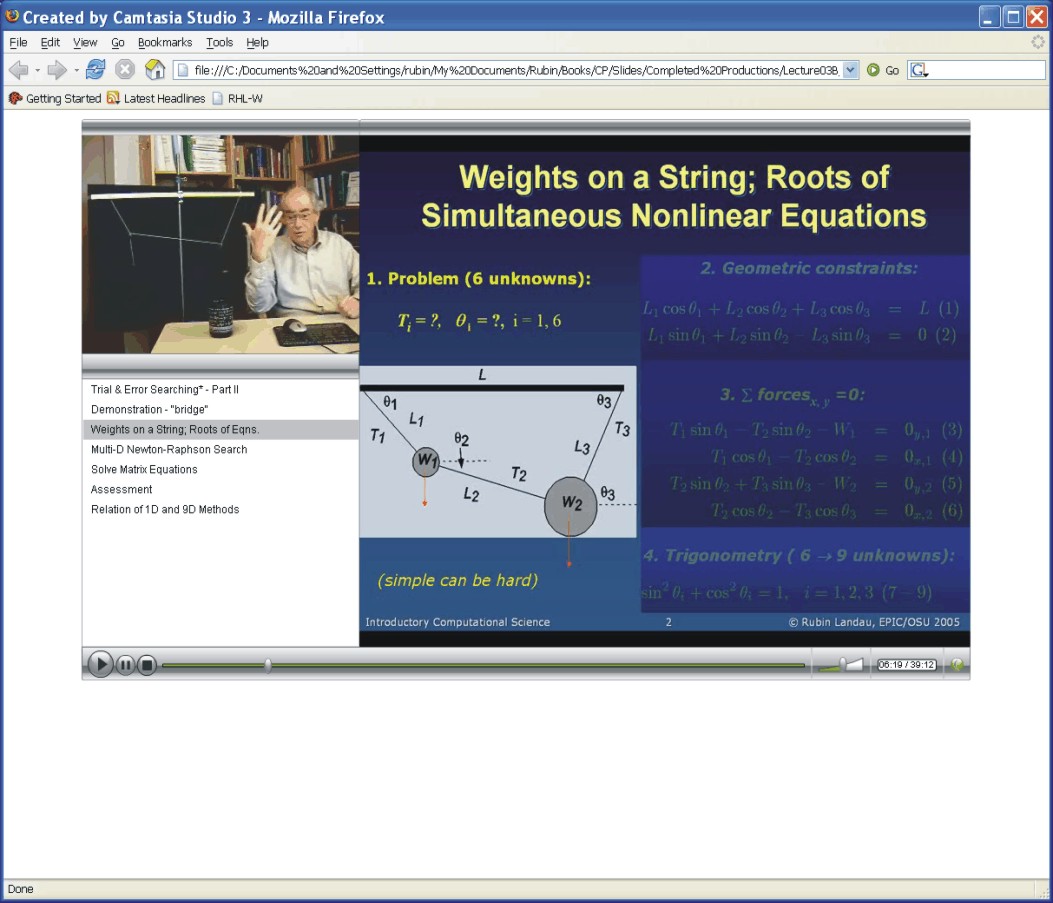 |
BMACC |
 |
 |
 |
 |
|---|
BMACC is a multi-faceted project that aims to extend and improve the access to the computational physics educational materials developed by the CPUG (Computational Physics for Undergraduates) group at Oregon State University. It is funded primarily through the NSF CCLI (Course, Curriculum, and Laboratory Improvement) program, which itself aims to ''transform undergraduate education in science, technology, engineering and mathematics'' (NSF CCLI-0836971) [1]. The need for our developments arises from realistic and complex problems typically not having analytical solutions, and thus often being ignored in traditional education. Indeed, physics education leaders have observed that ''despite advances in teaching and research, computational physics remains absent from typical undergraduate physics programs'', and that ''in physics we're teaching the same things we taught 50 years ago''. Although physics faculty are incorporating computers to enhance physics education, computation is often viewed as a ''black box'' whose inner workings need not be understood. We strive to open up the computational black box by providing Computational Physics and Science curricula materials based on a problem-solving paradigm.
BMACC has the specific aims to
augment textbooks with video-based office-hour discussions
convert and combine all materials into electronic forms that permit multi-modal and multilayered access
conduct outreach activities to encourage and train faculty in their use
support the creation of blended courses that have variable degrees of face-to-face and face-to-computer elements
create a model eTextbook in National Science Digital Library (comPADRE) that will be more accessible, will improve learning and be less costly